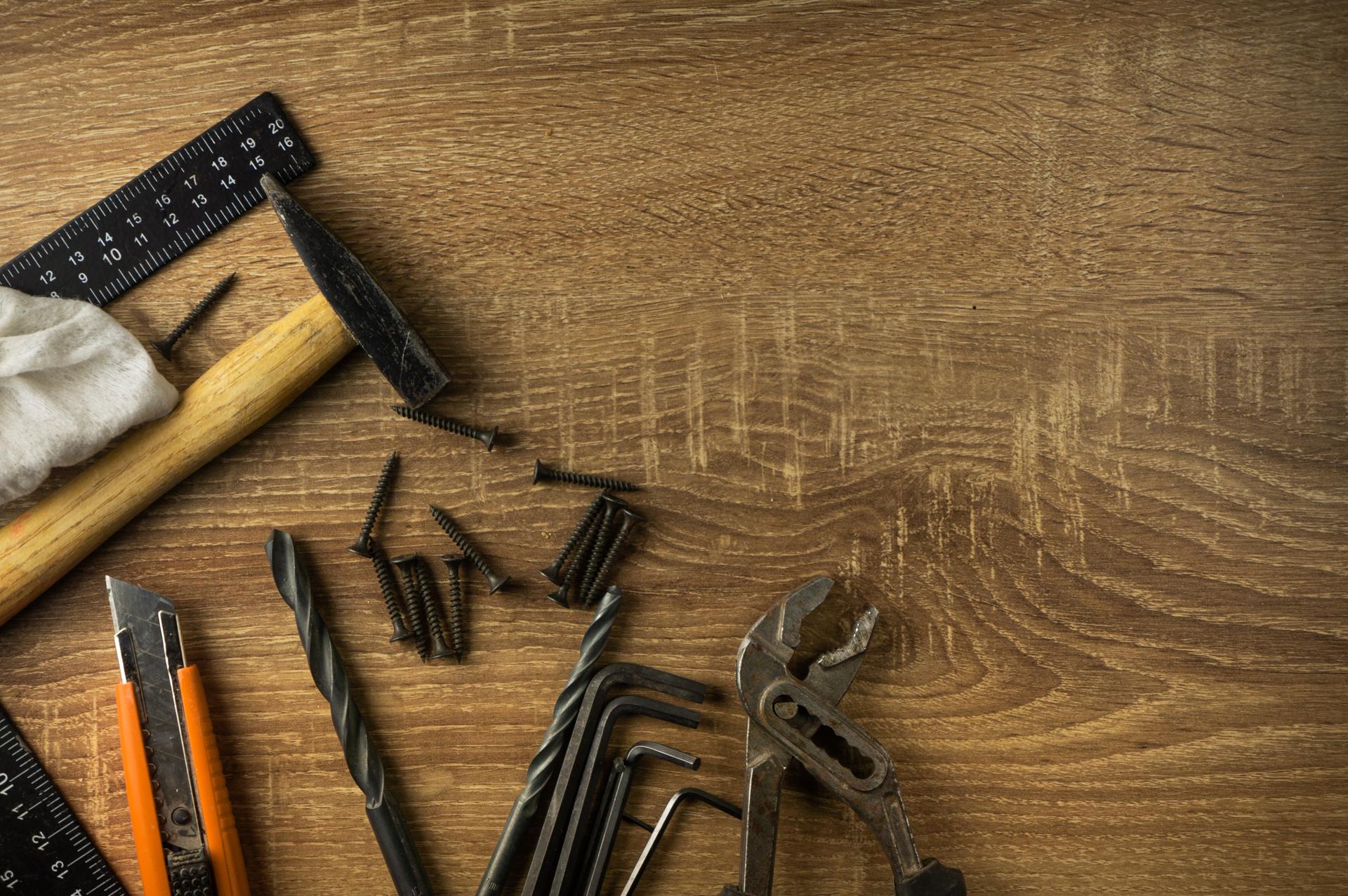Refuse to Call a Plumber! Find Out How to Repair Frequent Plumbing Issues Yourself

The plumbing system is an essential element of any household. If they are not maintained properly they could become a source of many problems, leading to inconvenience and costly repairs.
There are numerous benefits to learning how to repair minor plumbing issues yourself like saving money and learning useful knowledge. This article we’ll cover common plumbing problems and DIY techniques to fix them.
Common Plumbing Problems
Dripping Faucets
Dripping faucets are not only annoying, but they also waste a significant amount of water over the course of time. The most frequent cause for the faucet to drip is a worn-out washer, or an O-ring. To resolve this issue shut off the supply of water for the faucet. take out the handle, and replace the worn-out O-ring or washer.
Running Toilets
A running toilet is another frequent plumbing problem that could result in a significant loss of water. The most typical cause is a faulty flapper valve that’s not sealing properly, allowing water escape from the tank and into the bowl. To resolve this issue, turn off water to your toilet. Then, take off the lid from the tank, and adjust or replace the flapper valve.
Clogged Drains
Clogged drains can be caused by many things like soap, hair, or food particles. To resolve this issue, you can try using the plunger or drain snake to clear the obstruction. Alternatively, you can make a paste of vinegar and baking soda to break up the blockage.
Low Water Pressure
The low pressure in the water could be due to a variety of factors such as mineral buildup within the pipes or a faulty pressure regulator. To remedy this problem try cleaning the aerator and replacing the pressure regulator.
Tools required for DIY plumbing
To perform DIY plumbing, you will require a few tools such as an adjustable wrench, a plunger, pipe wrench, Teflon tape and a screwdriver. With these tools in your arsenal, it will make it easier to fix minor plumbing issues.
Safety Tips for DIY Plumbing
Safety must always be top of mind whenever you are performing any plumbing work that you do yourself. Some tips for safety to consider include shutting off the water source prior to starting any repairs, wearing gloves and safety glasses as well as keeping a first-aid kit in case in the event of an emergency.
DIY Plumbing Techniques
For fixing common plumbing problems, you will need to learn a few DIY plumbing tips, like how to turn off your water source and how to fix a dripping faucet or a running toilet or unblock the drain, and how to boost the pressure of water. These methods can save you time and money when it comes to minor plumbing repairs.
Conclusion
In conclusion, learning how to fix minor plumbing issues yourself is beneficial in numerous ways. It’s not just a way to save you costs, but you will also give you a sense of accomplishment and valuable skills. For more serious plumbing issues, it’s always recommended to contact an experienced plumber.
FAQ
Can I fix a plumbing problem myself?
Yes, you can fix minor plumbing issues yourself by learning some basic plumbing skills.
Are there any frequent plumbing issues?
The most common plumbing problems are leaky taps and toilets that run blockages in drains, as well as low water pressure.
What tools do I require for plumbing projects at home?
There are a few indispensable tools like a plunger, adjustable wrench, pipe wrench, Teflon tape, and a screwdriver.
Is DIY plumbing safe?
DIY plumbing is safe if you follow the safety guidelines and take appropriate precautions.
When should I call a professional plumber?
You should call a professional plumber for significant plumbing issues that require special equipment and knowledge.
